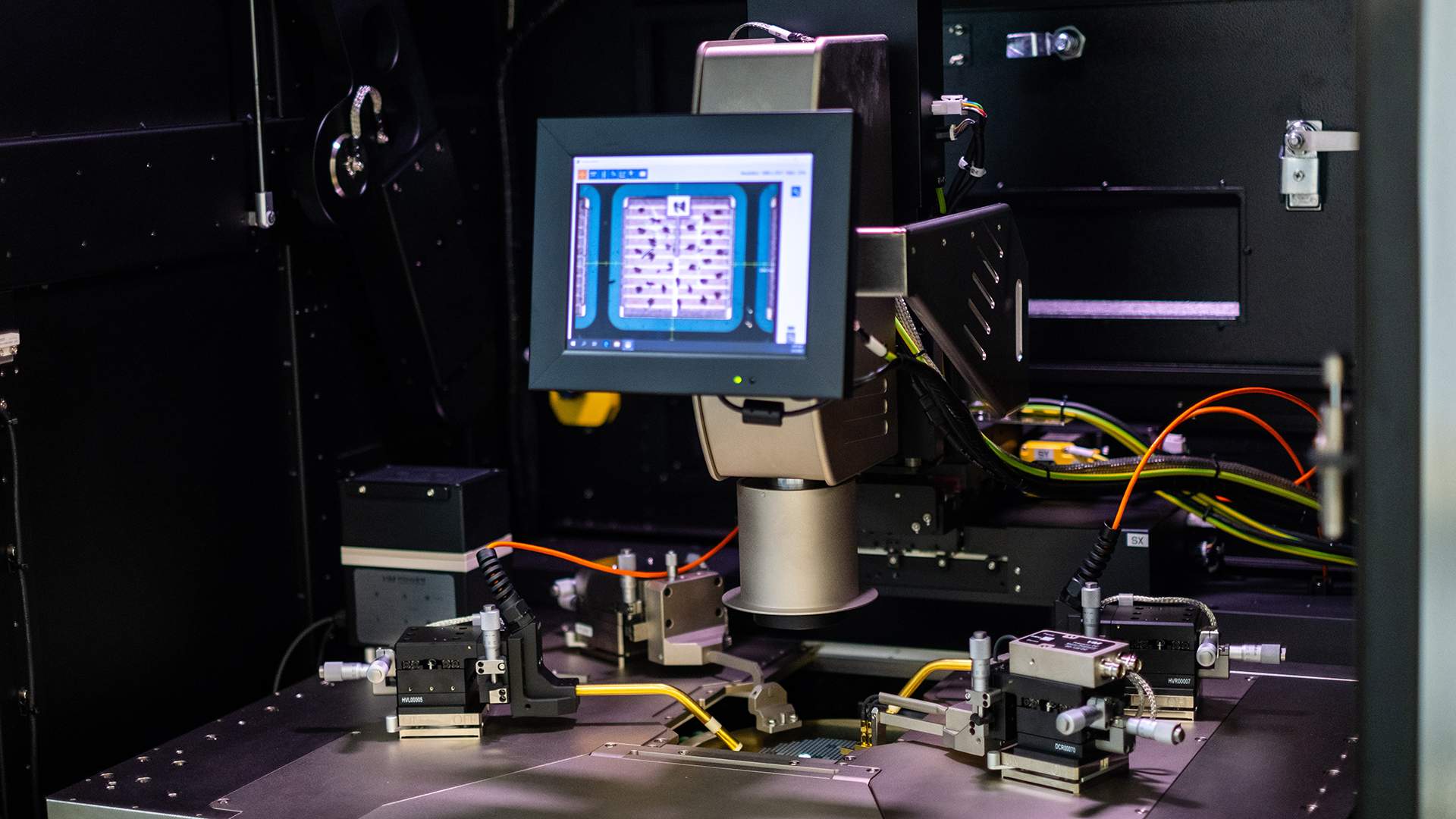- Статьи
- Science and technology
- Component of time: elements for new promising electronics have been created in the Russian Federation
Component of time: elements for new promising electronics have been created in the Russian Federation

A domestic prototype of a field-effect transistor has been created in St. Petersburg, which can become the basis for the development of promising electronics. It consists of silicon carbide and is capable of operating at high currents, voltages and elevated temperatures. The technology can be used in cars, engines, and aircraft construction, as well as in the creation of space technology, drones, and medical equipment. Experts believe that domestic production of such electronic components will be promising, but rapid technology adoption is needed.
What is silicon carbide?
St. Petersburg State Electrotechnical University LETI has developed a prototype transistor for advanced power electronics. As scientists explained to Izvestia, in recent decades, electronics, mainly made on a silicon component base, have approached the limit of their capabilities in a number of key characteristics: lightness, compactness, speed and the ability to work in extreme conditions, such as in space, under high overloads or radiation.
Overcoming these limitations opens up broad prospects for the development of many industries: automotive, engine, aircraft and mechanical engineering, and space technology. New computers, tablets, drones, medical equipment, mobile phones, and more can be created on its basis, the developers said.
Silicon carbide (SiC), which is capable of operating at higher temperatures and voltages without loss of electrical properties, is considered an alternative to silicon as an electronic component base (ECB) material. This makes it promising for use in power electronics, such as inverters and energy converters. However, the widespread use of silicon carbide requires not only the availability of reproducible technologies for its synthesis, but also the development of new topological and technological solutions.
— As part of the implementation of our Priority 2030 development program for the transition to a new ECB, we have developed a domestic prototype of a 1.7 kV silicon carbide field-effect transistor. Transistors are one of the main components of power electronics. Silicon carbide—based samples have already been successfully used in almost all types of modern high-voltage electronics, ranging from household appliances and electric vehicles to communication systems and space technology," Alexander Semenov, Vice Rector for Research and Innovation at St. Petersburg State Technical University, told Izvestia.
The prototype of the SiC transistor created at LETI looks little different from similar devices from other manufacturers. At the same time, the developed original topology and technological route for manufacturing the transistor can easily be adapted to the production capabilities of Russian enterprises.
Transistors for the technology of the future
Experiments have shown that with appropriate switching of prototype SiC transistors and with effective heat dissipation and high-voltage protection, the target products are able to operate at voltages of more than 15 kV at higher frequencies than their silicon counterparts.
— Until recently, Russia's needs for silicon carbide transistors were almost completely covered by products from foreign manufacturers. Therefore, our development is an important step towards ensuring the technological sovereignty of our country in the field of modern key electronic components," said Vice Rector Alexander Semenov.
SiC-based electronics are among the key emerging technologies for the next generation of semiconductors. The main reason is the material itself, because compared to Si (silicon), it offers a 10—fold increase in maximum electrical voltage, a twofold switching speed, and a threefold thermal conductivity, Evgeny Alexandrov, director of the NTI Center for Digital Materials Science: New Materials and Substances at Bauman Moscow State Technical University, told Izvestia.
— As a result, SiC-based transistors are characterized by extremely low switching power losses, operate faster and more reliably than silicon, and have a smaller crystal size for equivalent breakdown voltage. Devices based on them can operate at higher frequencies, which makes them ideal for 5G Internet systems. They are also capable of operating at temperatures well above 200 °C, which reduces cooling requirements and increases product life. Thanks to this material, the efficiency of the power supply system in electric vehicles and charging stations has already been significantly increased," the expert noted.
According to him, after Tesla introduced SiC into inverters manufactured by the company in 2017, electric vehicles became the main driver of the growth of this technology (more than 60% of demand). The highest growth rates are expected in areas such as railway power generation, urban electric transport, motor drives, and photovoltaic systems. However, the size of the charging units for phones, laptops and tablets has already been reduced thanks to SiC, Evgeny Alexandrov added.
This technology has been available in the world for a long time, but it has not yet been implemented in the Russian industry, said Konstantin Tsarik, head of the research laboratory "Element Base of Power Electronics Based on Gallium Nitride" at the National Research University MIET, expert at the NTI Sensorica Competence Center.
— Silicon carbide has good thermal conductivity, withstands high breakdown voltage and provides a slightly higher operating speed when passing high currents. It is not an alternative, but it can convert electronics to higher currents and voltages while maintaining compact dimensions. No other material can replace the silicon carbide niche. For example, gallium nitride cannot withstand such stresses," he told Izvestia.
St. Petersburg State University LETI and GC Element have already launched a joint venture LETIEL to develop components for silicon carbide-based electronics. With the support of the Ministry of Education and Science, they also organized a design center for the design and measurement of power electronic devices and materials.
Переведено сервисом «Яндекс Переводчик»




